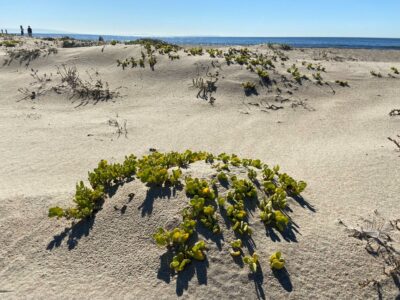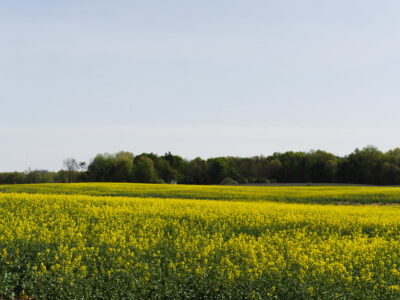Nature-based dune restoration makes winners of us all

A six-year pilot study on Santa Monica Beach shows how seeding of native flora can restore habitats for threatened species and protect against climate change-driven sea level rise.
Launching the LTER Community Forum

The heart of the LTERnet community forum is peer-to-peer exchanges. We need everyone’s participation to really access the value of the LTER community.
Have a question? Or an opportunity?
Choose a category, add a few relevant tags and a clear title–and ask your question.
Each spring, the Niwot Ridge snow survey ushers in a new season of fieldwork

Snow is the defining control on Niwot’s ecology. Through the winter, the white stuff builds with each passing storm; sometime in the spring, melting begins, flushing water and nutrients through the system. The annual snow survey tracks snowfall through time.
Unlocking the Power of Public Engagement: An Innovative Approach to Enhancing Public Engagement with Science through the LTER Network

The APEAL project uses the LTER Network to study how research networks can improve public engagement strategies, offer insights from scientists and communities, and foster actionable plans to inspire change. By Cristina Mancilla, Community Engagement Officer at the LTER Network Office Often, the narrative around public engagement is one of vague commitments and good intentions,… Read more »
Introducing the LTER Visual Media Webinar Series

We are excited to announce the LTER Visual Media Webinar Series, a three-part series featuring experts in science communication using visual media.
Diane McKnight Reflects on the LTER

The LTER Network Office sat down with Diane McKnight to chat about her life in the Network, the things she’s learned, and her dreams for the LTER moving forward.
Partnerships make the Kellogg Biological Station go ’round

Partnerships form the center of long-term research at the KBS LTER, and while their goals are different, their work is deeply intertwined.
Love writing about science? Now accepting applications for our 2023 LTER Graduate Writing Fellows program!

We are now accepting applications for new LTER graduate student science writer paid positions hosted by the LTER Network Office. Applications are due by October 1, 2023.
HBR’s Young Voices of Science program now accepting applications for 2023

Learn science communication in this FREE program put on by the Hubbard Brook Research Foundation. Applications now open!










